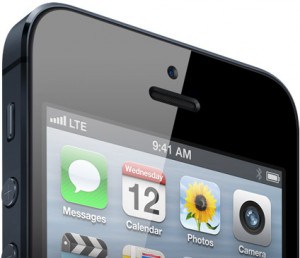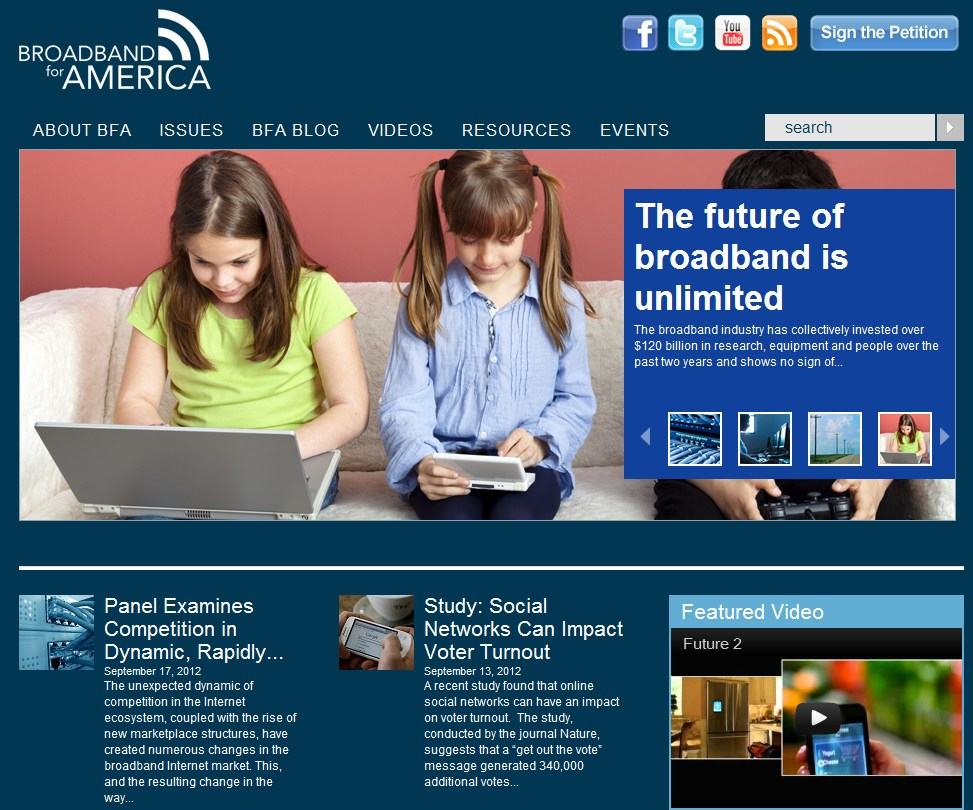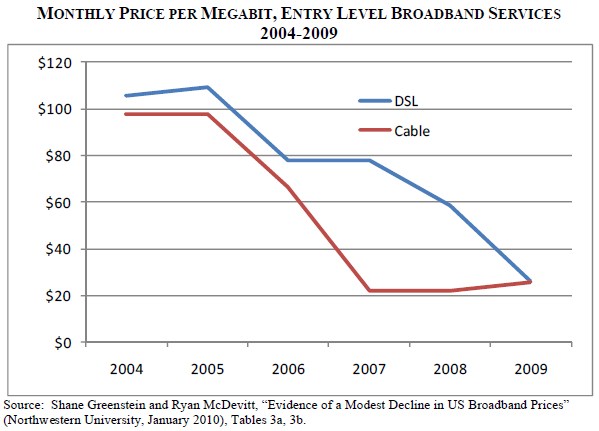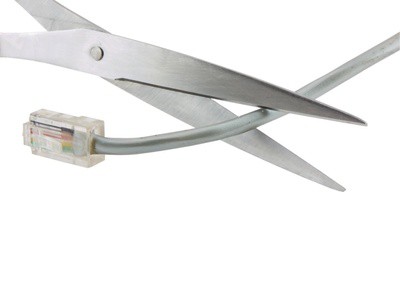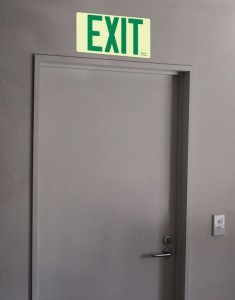
Verizon has a moratorium on further expansion of its fiber to the home service except in areas where it has existing agreements to deliver service.
Verizon Communications will not expand their FiOS fiber optic network beyond the current obligations the company has with communities where it presently provides service.
Verizon chief financial officer Fran Shammo told investors the company intends to wind down FiOS expansion once its contractual commitments to state and local authorities are met to reap the financial rewards of the fiber optic network it began building in 2006.
“At this point we won’t build beyond that, because at this point we have to capitalize on what we have invested,” Shammo told an investor at the Goldman Sachs Communacopia Conference.
From 2014 beyond, Verizon plans to substantially decrease capital investments in its wired networks and continue to shift spending towards Verizon Wireless. Shareholders may also benefit from an increased dividend payout as the company’s balance sheet improves.
In real terms this means that Verizon will only expand FiOS where it previously signed agreements that allowed the company to gradually roll out its fiber optic network. Large sections of Verizon’s service areas, including major cities in the northeastern corridor, are not on the upgrade list and will not get the service.
Verizon’s experience and scale rolling out fiber to the home service over the past five years allowed the company to achieve a cost of just $700 to reach each home, less than half the original estimated expense for fiber upgrades. But Verizon still considers the network too expensive to expand further.
Shammo also admitted Verizon is targeting its landline investments to bolster its more profitable wireless business.
“The fact of the matter is wireline capital — and I won’t give the number but it’s pretty substantial — is being spent on the wireline side of the house to support wireless growth,” Shammo said. “So the IP backbone, the data transmission, fiber to the cell, that is all on the wireline books but it’s all being built for the wireless company.”

Bruce Kushnick found no bump in construction expenses for FiOS after 2008 and no major increases in capital expenditures in general. In fact, Verizon, on average, spent more on construction from 2000 to 2004 than from 2005 to 2011, when FiOS construction was at its peak.
Bruce Kushnick from New Networks Institute has been tracking Verizon’s capital investments for the last decade and found Verizon was hardly hurting paying for FiOS network upgrades. In fact, Kushnick suspects much of the money to pay for FiOS came from a combination of ratepayer rate increases and diversion of investments intended to maintain Verizon’s existing landline network:
Whatever amount Verizon did spend on FiOS — and obviously it was a not insignificant amount — would therefore appear to have come out of the standard construction budgets that were supposed to be used to upgrade the lines that most Americans are still using for their phone service: the Public Switched Telephone Networks, or PSTN. It would seem that customers, including seniors, low income families, minorities and municipalities have been funding the construction of a cable service through the hefty monthly fees they pay for a dialtone and ancillary services. In some states this is actually illegal.
If Verizon did actually spend $23 billion, then it appears to have come at the expense of the traditional maintenance and upgrades of the utility plant — and the PSTN got totally hosed. At the very least, prices for basic phone service should have been in steep decline as one of the major costs, construction, was dramatically lowered.
Instead, Verizon was also getting rate increases specifically to pay for FiOS. For instance, Verizon persuaded New York officials to increase rates for “fiber optic investments,” where the only service that could use the fiber optic service was Verizon’s FiOS.
For instance, when New York State Department of Public Service Commission Chairman Garry Brown announced the approval of a $1.95 a month rate hike for residential phone lines in 2009, he said “there are certain increases in Verizon’s costs that have to be recognized.” He explained: “This is especially important given the magnitude of the company’s capital investment program, including its massive deployment of fiber optics in New York. We encourage Verizon to make appropriate investments in New York, and these minor rate increases will allow those investments to continue.”
Of course the states weren’t told that everyone would be charged extra for a service that only some people were going to get. In New Jersey, for instance, Verizon made a firm commitment to rewire the entire state with fiber optics — capable of 45 Mbps in both directions. It was supposed to be 100 percent completed by 2010. Instead, Verizon claims to have “passed” 1.9 million homes, representing 57 percent of the households in its territories — but “passed” may or may not mean that they can actually get service.
 With Shammo reporting FiOS investments winding down by 2014, Verizon is not increasing the budget to maintain the copper infrastructure it will require non-FiOS customers to keep using for service. Instead, capital investments will continue to be spent supporting Verizon Wireless, although in lower amounts.
With Shammo reporting FiOS investments winding down by 2014, Verizon is not increasing the budget to maintain the copper infrastructure it will require non-FiOS customers to keep using for service. Instead, capital investments will continue to be spent supporting Verizon Wireless, although in lower amounts.
“So if you look at overall, I continue to say [investments] will be flat to down and I think we will be probably more slightly down than flat, and [CEO] Lowell [McAdam] and I are really starting to focus in on where we spend that investment and make sure that that investment returns on a shorter period of time,” Shammo said. “And that is really the focus. So what I like to say is that our ratio of CapEx to revenue will continue to decline.”
A N.J. State Commission report from June 2010 saw this coming two years earlier and noted:
“While it is possible for Verizon to extend service throughout its authorized territory, to an additional 155 municipalities in the state that are not included in its current application of 369 towns, Verizon has indicated it will now concentrate its capital expenditures, expected to be between $16.8 billion and $17.2 billion in 2010 on its wireless telephone network. Further FiOS expansion will be limited to increasing penetration in those communities where FiOS is currently available, according to the company.”


 Subscribe
Subscribe